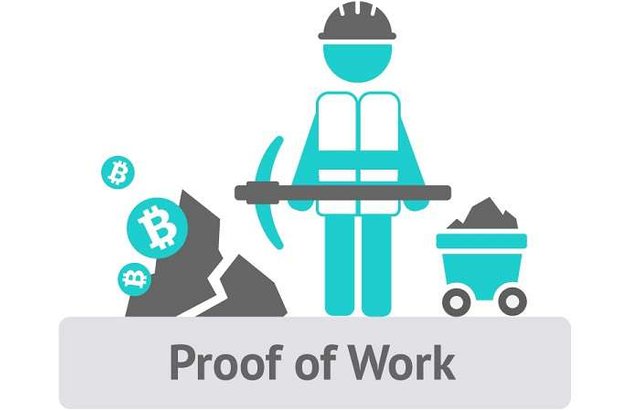
Mining makes the blockchain tick. Without miners, there can be no confirmation of transactions, and hence no cryptocurrency itself.
When people think of mining, they typically think of the proof-of-work (PoW) consensus algorithm. This is the original mining protocol used by the bitcoin (BTC) blockchain.
It was invented as a means by which to allow peer-to-peer message transmission without the possibility of double-spending, creating false transactions, or reversing transactions.
Vitalik Buterin, creator of the smart contract platform known as Ethereum, described proof-of-work in a 2013 article for Bitcoin Magazine:
The basic concept behind proof of work is simple: one party (usually called the prover) presents the result of a computation which is known to be hard to compute, but easy to verify, and by verifying the solution anyone else can be sure that the prover performed a certain amount of computational work to generate the result.”
PoW was the great breakthrough of the Satoshi Nakamoto whitepaper.

Proof-of-Work Blockchain Problems
Yet there are a number of significant problems with traditional proof-of-work mining that have begun to rear their ugly heads in recent years.
For one, proof-of-work mining has become grossly inefficient. The process of hashing the entire bitcoin network, which involves many hundreds of trillions of computations, consumes more electricity than most African countries.
While this still pales in comparison to the energy consumption of the existing banking system, it is one of several significant flaws in proof-of-work mining that must be addressed.
.jpeg)
Some coins have decided to do away with PoW mining altogether, preferring to instead resort to other kinds of consensus algorithms. Avesta has taken a different route, however.
A Proof-of-Work Blockchain Like No Other
As articulated in the Avesta whitepaper, the consensus system of the AVE blockchain works a little differently than other PoW systems:
“By creating a node consensus mining reward system, Avesta introduces a revolutionary way of mining without pools. Instead of all miners and pools competing, Avesta has developed a way to have all miners working together, giving each miner a fair share proportionate to their contribution.”
This differs from other proof-of-work blockchains in which all miners compete against one another to see who can solve a block first. The drive to “work harder” is what leads to the gross inefficiencies of most PoW blockchains, both in terms of energy waste and slow transaction times.
.jpeg)
But what if transactions could be verified and processed in parallel? In other words, might it be more efficient to have one layer of the blockchain working to verify transactions at the same time as another layer works to send the transactions?
In the Avesta blockchain, there are two layers:
- The verification layer
- The transaction layer
Most blockchains become slow to process transactions because they must verify transactions as they process them. AVE tokens overcome this handicap by moving in parallel to their verification.
In short, AVE can be used for practical transactions in a way that other coins cannot.
While Avesta uses the same proof-of-work consensus algorithm of many other blockchains, it does so in a different way. A multi-layered approach provides both speed and security. It’s a solution so simple that we’re surprised someone else hadn’t thought of it first.